The best shrubs to attract wildlife
Want to attract more wildlife to your garden? The best wildlife-friendly shrubs for British birds, mammals and insects.
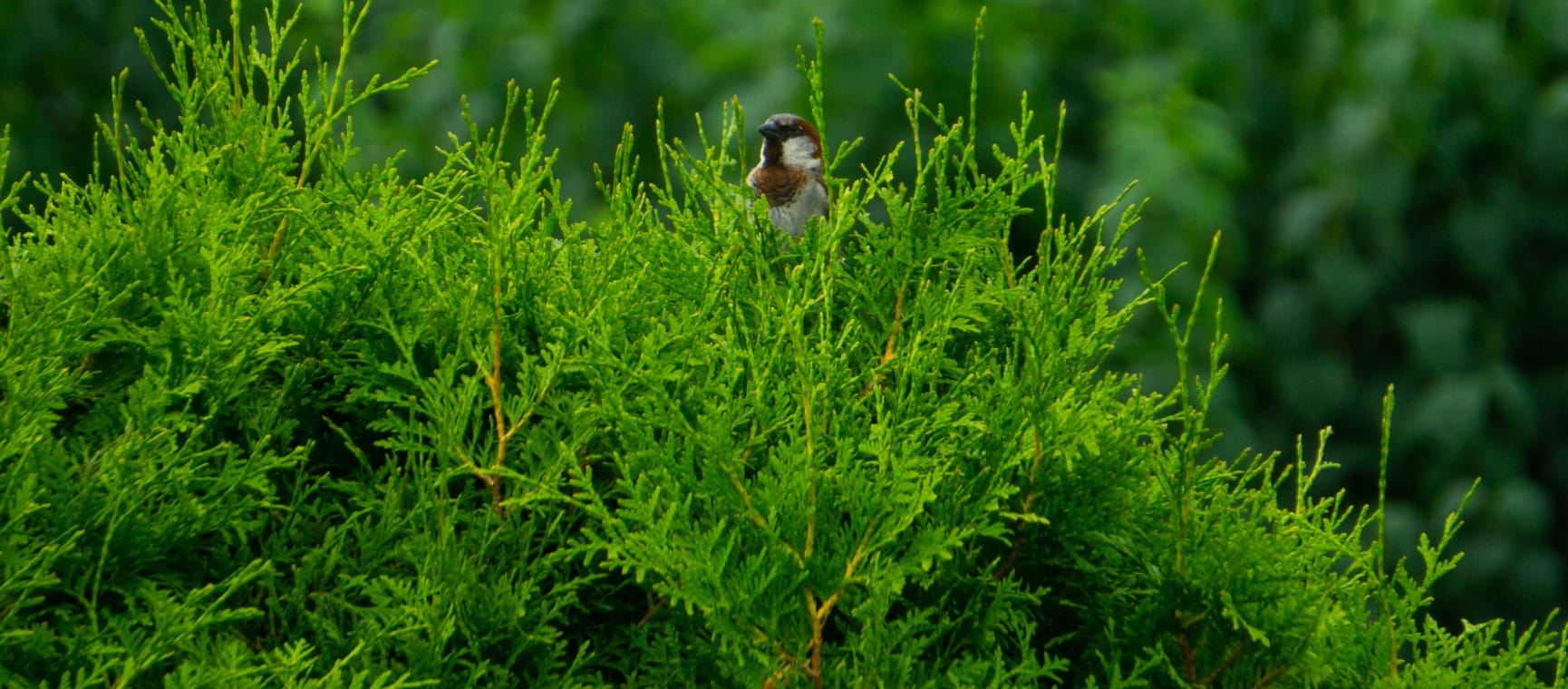
Want to attract more wildlife to your garden? The best wildlife-friendly shrubs for British birds, mammals and insects.

Shrubs can offer a wide range of wildlife value to a garden. Maybe the most obvious feature of a shrub is its structure. In a garden too small for trees it is likely that shrubs will offer the best form of cover and safety for birds, insects and small mammals. Even where there are trees, shrubs can be used as an understory where they offer denser thickets for garden birds to escape to, mammals to shelter under and insects to hide or even hibernate within.
The hedgehog is a good example of a mammal that will spend its daylight hours tucked away in leaf litter under a dense shrub. Where the shrub is tall and thick enough we might also find nesting birds such as dunnocks, robins, song thrushes, wrens and blackbirds. Other birds including house sparrows depend upon shrubs for safety between periods of feeding, inside a dense thicket they feel confident to sit and chirp to each other contentedly.
For these reasons shrubs close to houses are a great refuge, but when planning the placement of shrubs in a garden we should be aware that birds and mammals behave quite differently. Isolated shrubs close to a house will be used by birds but small mammals might avoid crossing open spaces to find them, so it is better, if possible, to create a line of shrubs maybe connecting with a wildlife habitat in another part of the garden, in a neighbouring garden or a hedge in the countryside.
Shrubs can be evergreen or deciduous. With sufficient space it would be good to have both. Evergreens with dense growth offer a better chance for hibernating insects and for birds to nest, particularly those species such as blackbird, robin and dunnock which start nest-building before deciduous plants have developed their leaves.

Pyracantha, berberis and privet are examples of semi-evergreen or evergreen shrubs which offer safety to nesting birds as well as nectar and berries. Pyracantha can be grown against the wall of a house or shed where it takes up less space and is potentially even better for hibernating insects because of the shelter it affords.
There are many other hedging plants that are fully evergreen and good for structure but which don’t offer such a wide range of wildlife-services, it's well worth having a few of these if you have the space. Escallonia, for example, is a good, dense, hedging plant which also provides nectar.
Shrubs are woody plants which are smaller than trees and usually have multiple branches from their base. By contrast a tree usually has one main trunk and grows much taller though there are some species, such as the hazel, which are frequently classified as both trees and shrubs.
There are also plenty of trees that can be managed by appropriate pruning to make them more like shrubs.
As well as producing flowers in spring or summer there are some shrubs that will also grow berries, offering a bounty of food for birds and mammals in the autumn and winter. It’s particularly important in a garden with limited space to choose species which can offer both.
Here are some of the most productive berrying shrubs:

As wildlife gardeners we should aim to provide at least one source of nectar in every month of the year. Shrubs are invaluable in this process because there are several species which flower early and late in the year and they can produce a mass of flowers which sometimes persist for several weeks.
There are good reasons for choosing native species of shrub but for the purpose of offering nectar it really doesn’t matter whether the shrubs are native or not, in fact many of our most bountiful shrubs are non-native.
Here are a few shrubs that flower through the seasons.
Winter honeysuckle, winter-flowering heather, mahonia, cornelian cherry (the largest of the shrubs mentioned here)
Ceanothus, pyracantha, broom, tree lupin, flowering currant, rosemary, forsythia
Buddleia, privet, lavender, tree mallow, raspberry, spiraea japonica
Heather, hebe (autumn glory), fatsia japonica, fuchsia

It’s often said that to benefit wildlife we should use native species of trees, flowers and shrubs. One reason for this is because our wild creatures have evolved alongside native species over a long period of time. In particular many insects have a complex life-cycle, parts of which (usually the caterpillar), depend upon there being suitable native species to hand.
Some non-natives, such as fuchsias, can also be popular with specific species. So to maximise our support for nature we should grow specific shrubs aimed at some target species of insects.
Here are a few suitable shrubs whose leaves will be eaten by the larvae of some beautiful moths and butterflies:

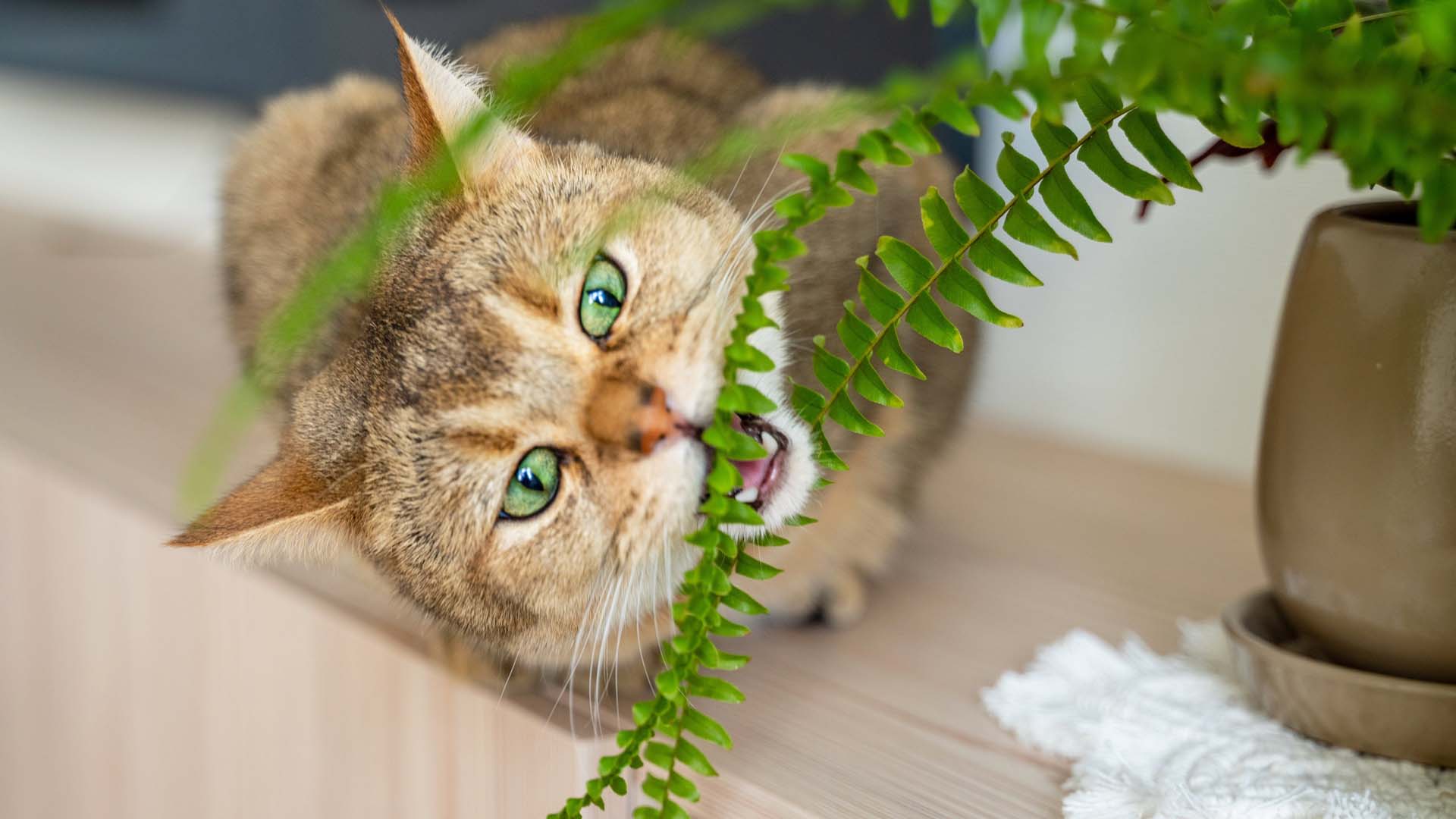
Pots at the ready – these safe houseplants for pets will help your house become tropical, not toxic.
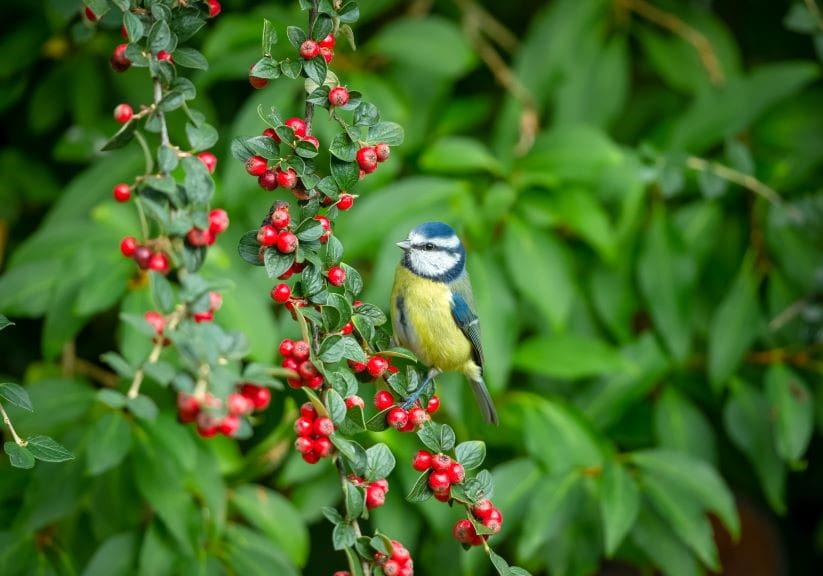
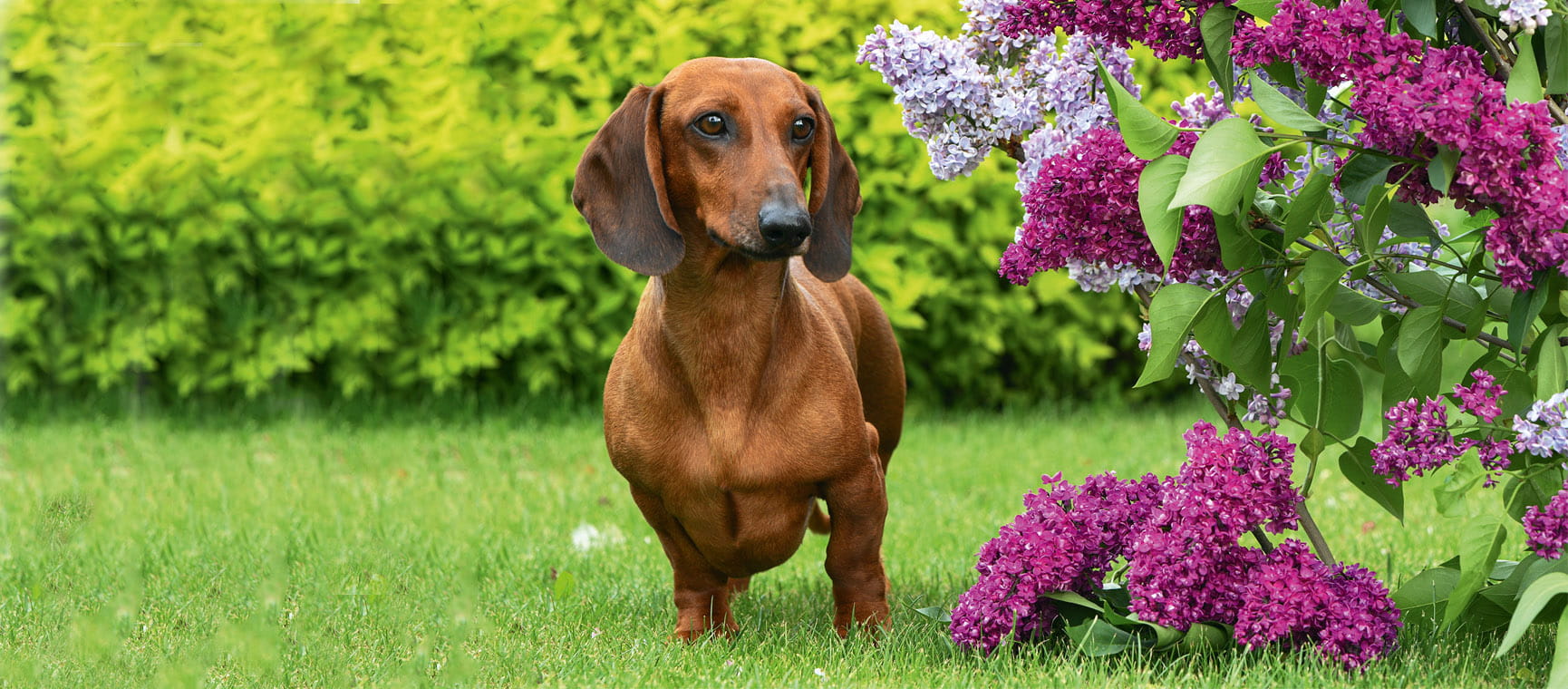
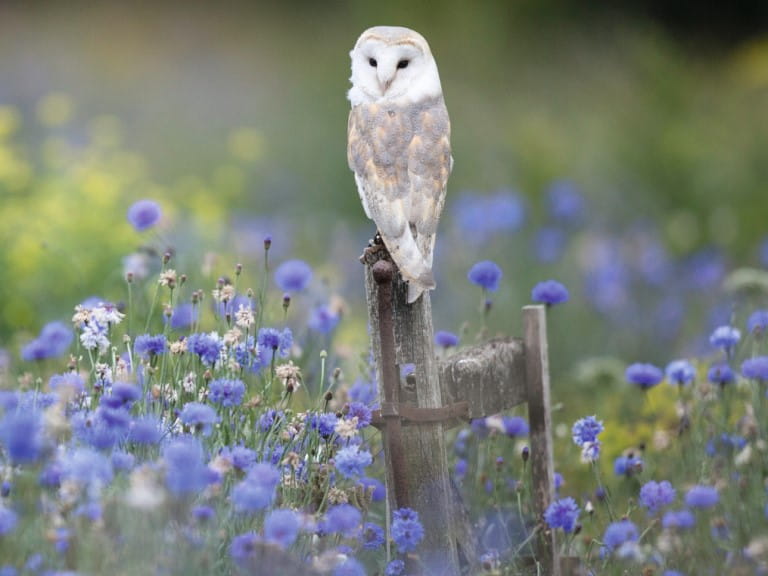
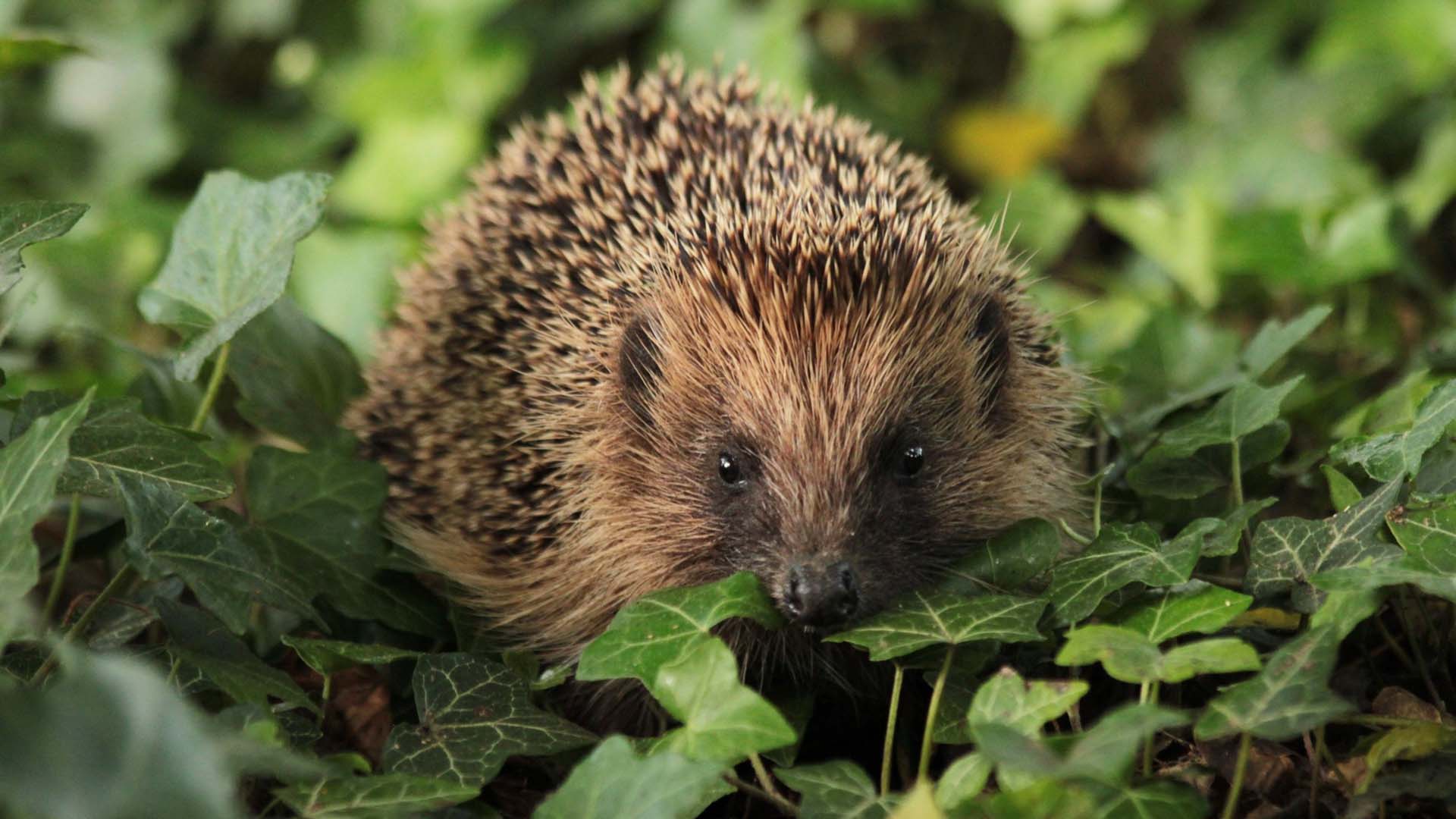
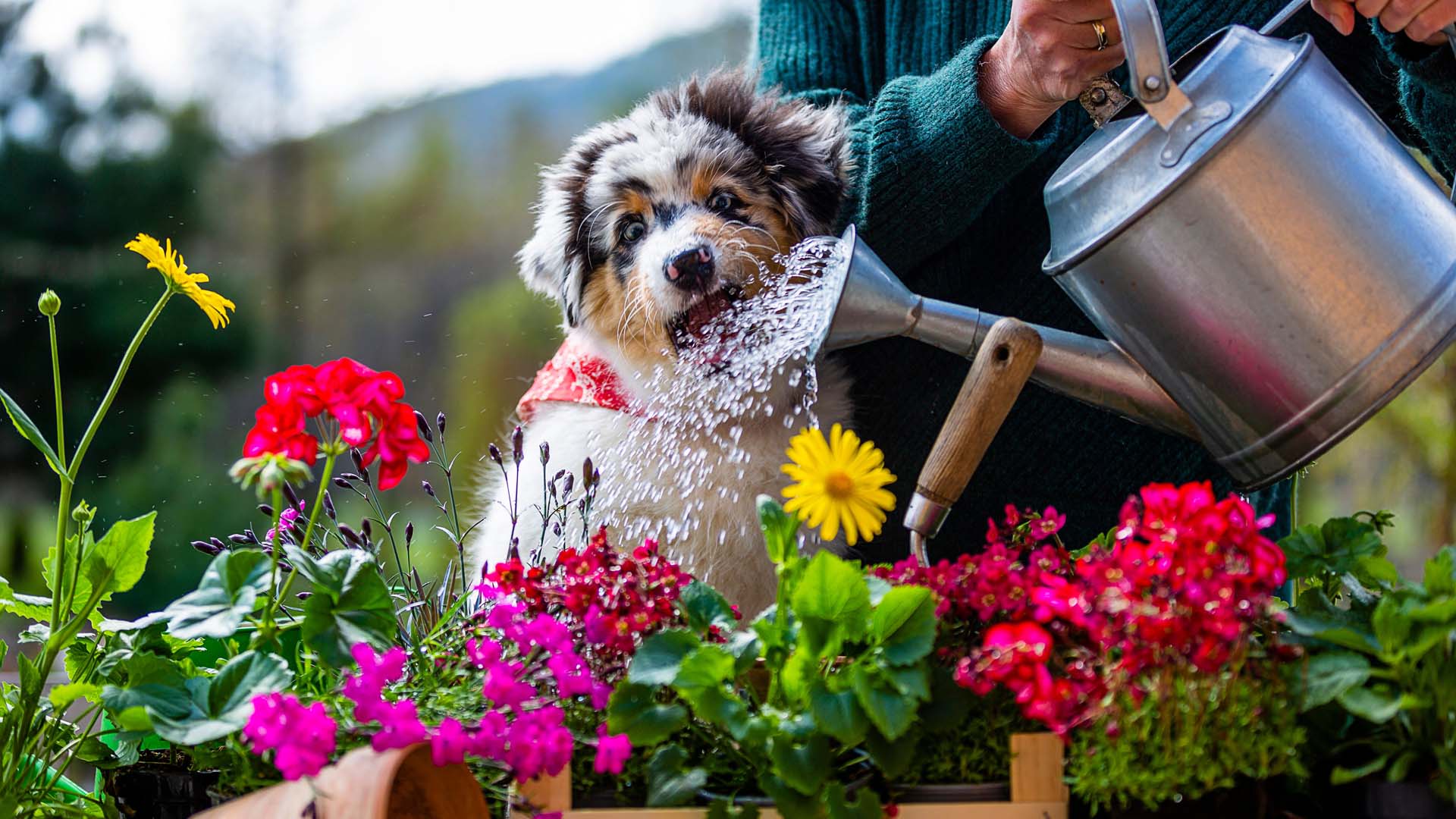
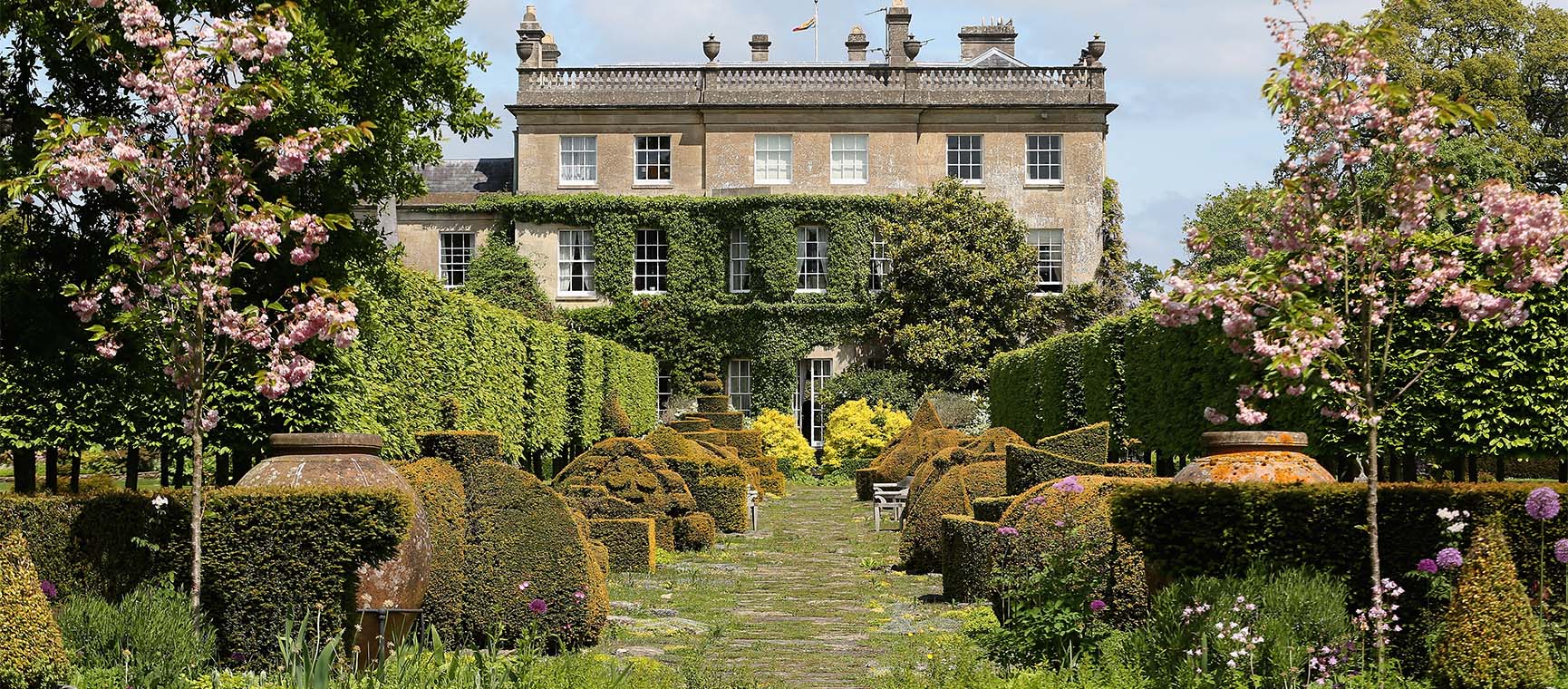
A former Highgrove gardener shares his advice. If they’re good enough for the royals, they’re good enough for us.
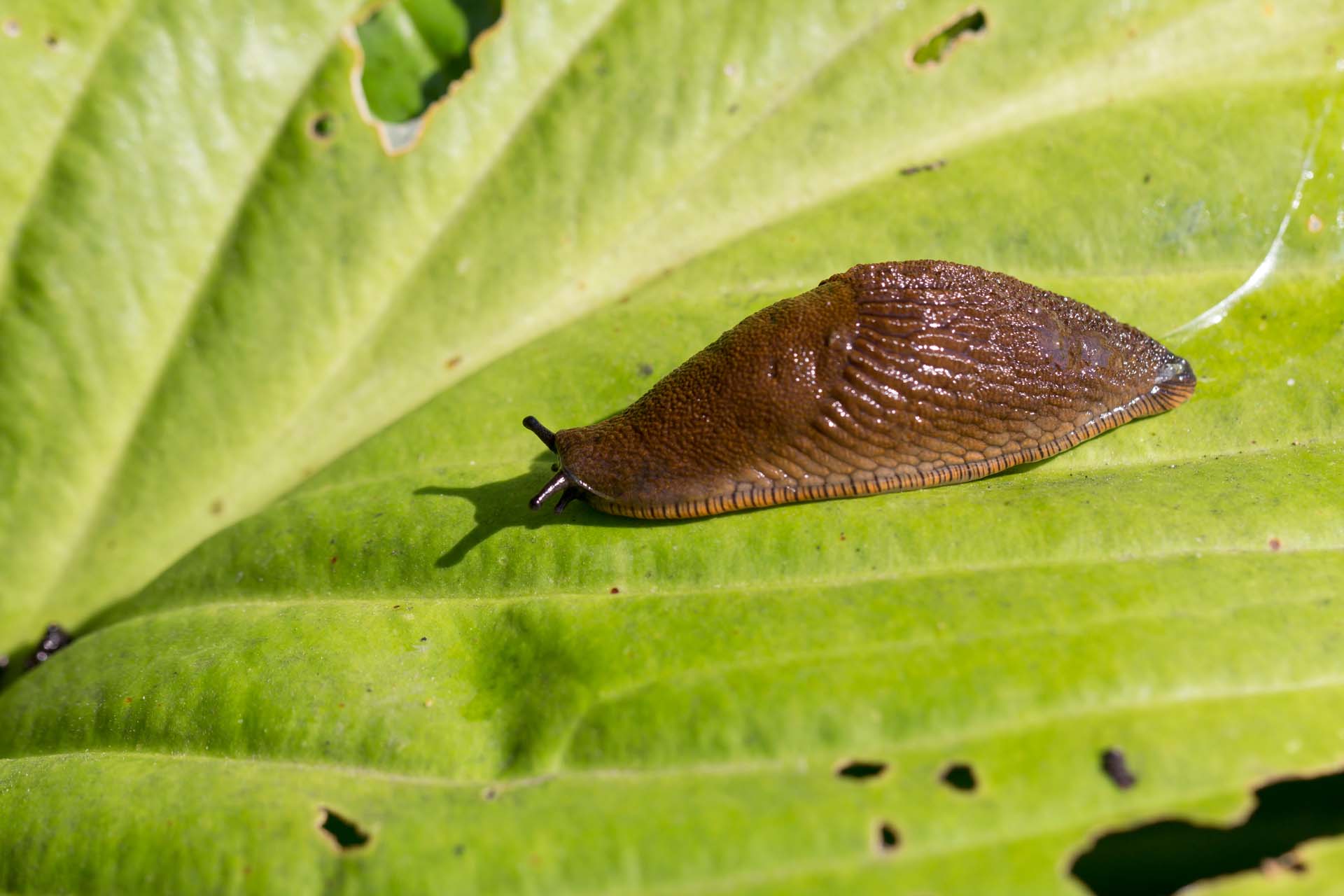

We aren’t the only ones to welcome warmer weather, wasps do too and they could be sharing your home. Find out how to identify a wasp nest and what to do about it
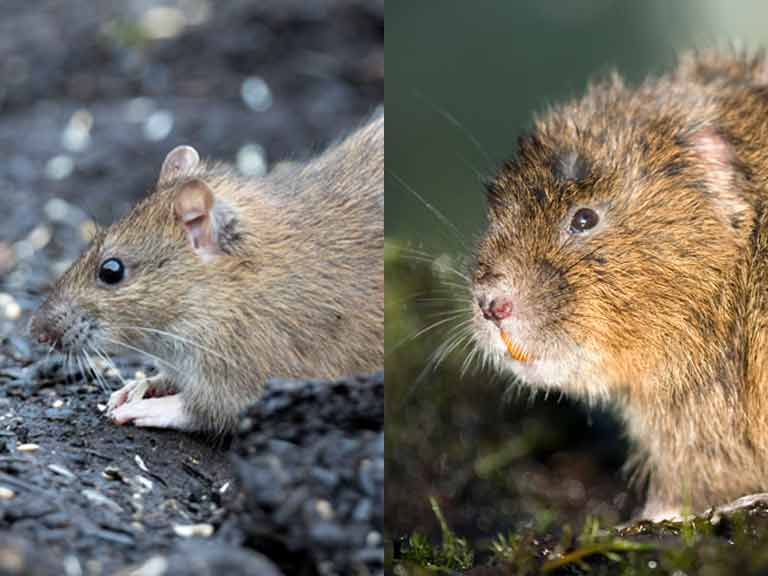
If you've seen a large brown rodent in your garden or swimming in your pond you might be wondering what it is. Wildlife expert David Chapman explains how to tell a water vole from a rat

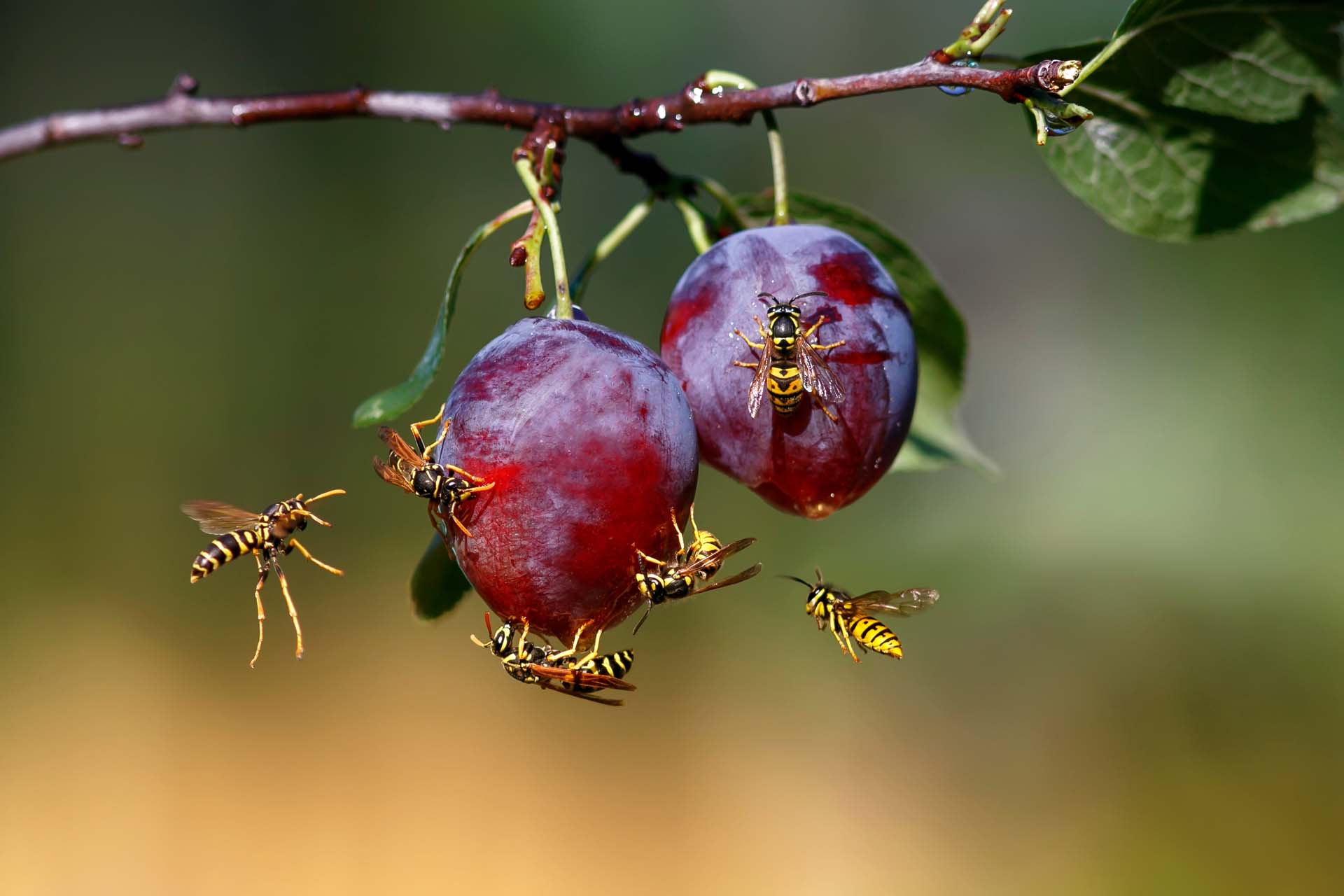
Blighted by buzzing? How to keep wasps out of your garden without harming them so you can enjoy the summer.
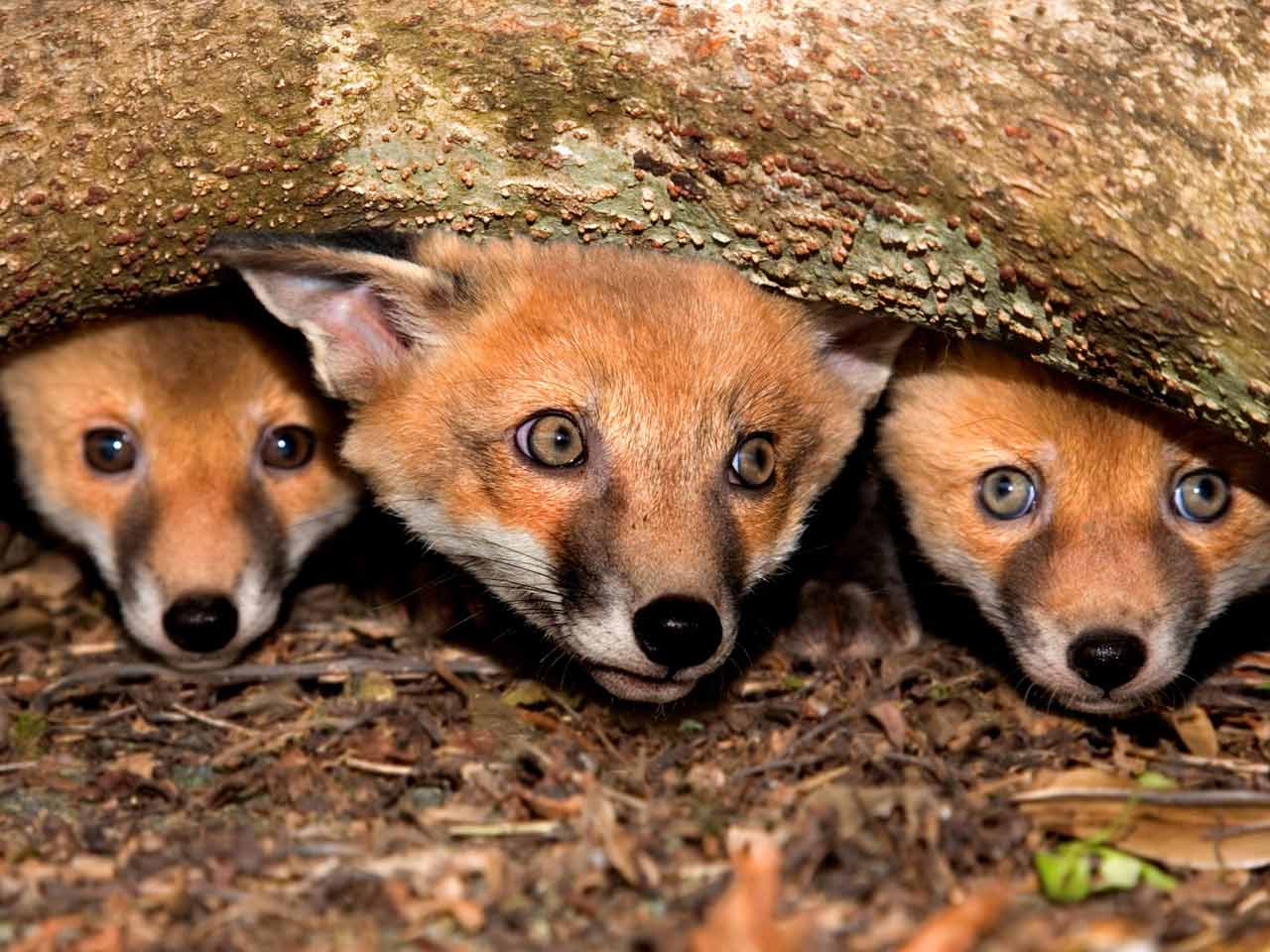
Many of us are living with foxes in our gardens - wildlife expert David Chapman explains what to feed them, how to spot illness and whether you can keep them away.
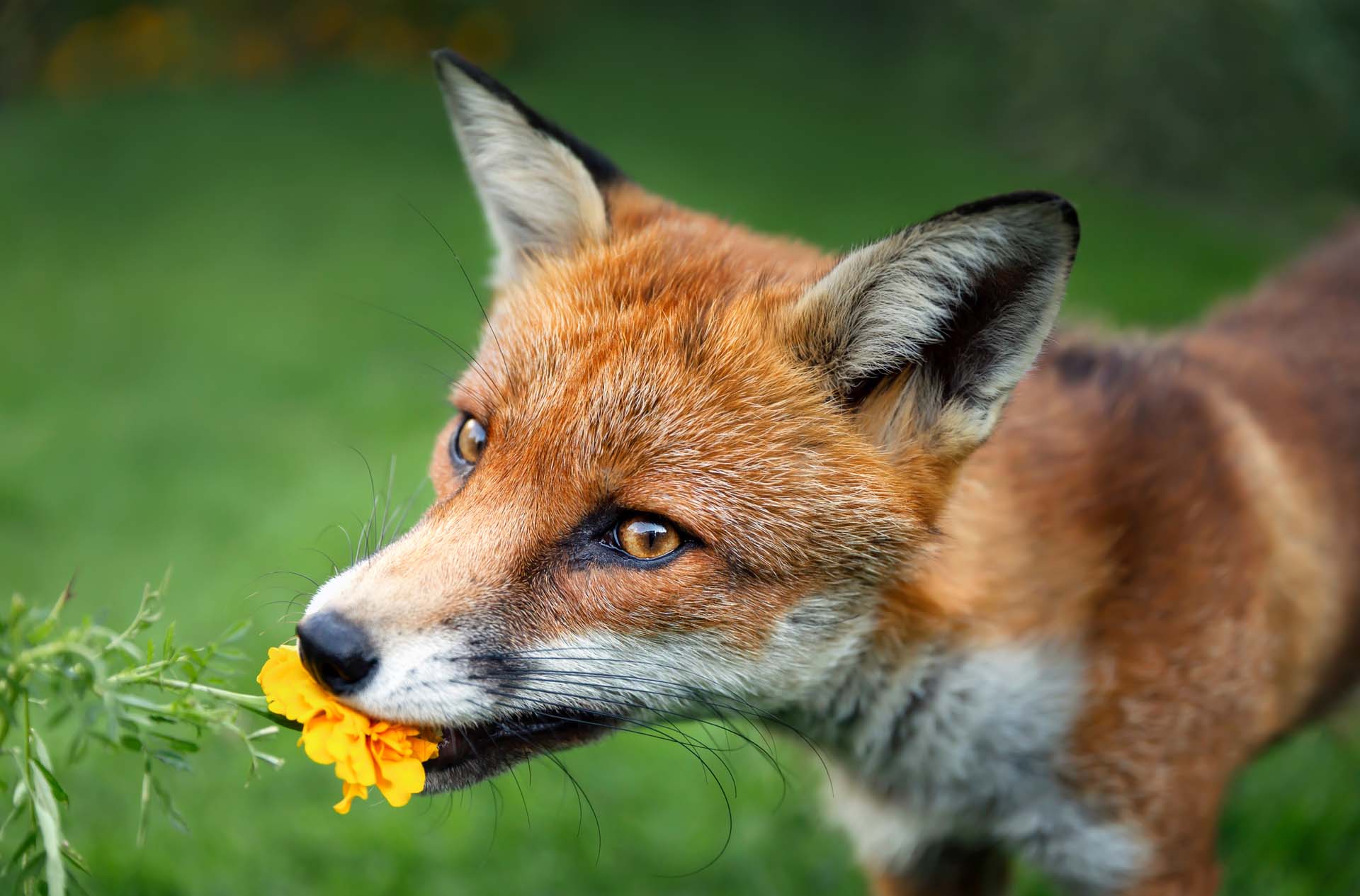
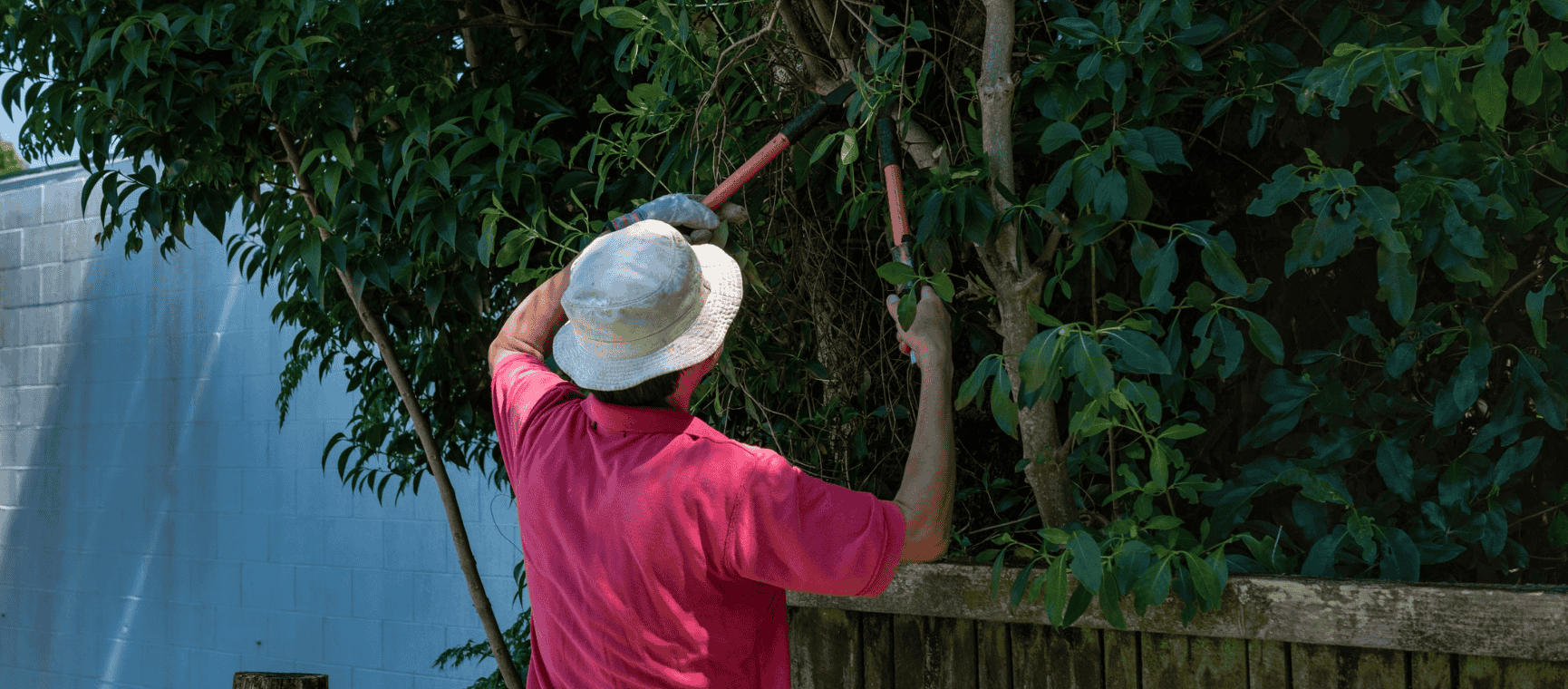
The ways you could be breaking the law in your back garden - with expert advice on how to avoid neighbour disputes, a fine or even a prosecution.